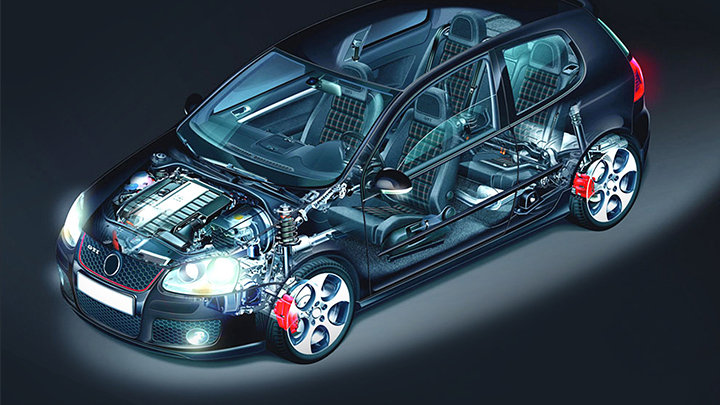Quality of Chinese-Made Car Parts
The quality of Chinese-made car parts has been a topic of increasing interest and discussion in the global automotive industry. Over the past few decades, China has rapidly developed its manufacturing capabilities, becoming a significant player in the production of automotive components. Here's an overview of the quality and considerations when it comes to Chinese-made car parts.
1. Diverse Quality Range
One of the most critical points to understand is that the quality of Chinese-made car parts varies widely. China produces a vast range of automotive components, from low-cost, basic parts to high-quality, precision-engineered components. The quality can differ significantly based on the manufacturer, production standards, and intended market.
2. Reputable Manufacturers
Many Chinese manufacturers have established themselves as reputable suppliers in the global automotive industry. Companies like CATL (Contemporary Amperex Technology Co. Limited) and BYD (Build Your Dreams) have gained international recognition for their advanced technology and high-quality products, particularly in the electric vehicle sector. These companies often adhere to stringent international standards and invest heavily in research and development.
3. OEM vs. Aftermarket Parts
- OEM (Original Equipment Manufacturer) Parts: Chinese companies that produce OEM parts typically manufacture components for well-known global automotive brands. These parts must meet the high standards set by the vehicle manufacturers, ensuring reliability and performance. For instance, Chinese factories produce OEM parts for brands like Volkswagen, GM, and Toyota, among others.
- Aftermarket Parts: The aftermarket segment is more diverse, with a broader range of quality. While some aftermarket parts from China are made to high standards, others may prioritize cost over quality. It’s crucial for buyers to research and choose reputable brands and suppliers.
4. Quality Control and Standards
Chinese manufacturers producing high-quality car parts often implement rigorous quality control measures and comply with international standards such as ISO/TS 16949, which is a quality management standard specifically for the automotive industry. These companies often use advanced manufacturing technologies and quality assurance processes to ensure their products meet or exceed industry standards.
5. Cost-Effectiveness
One of the significant advantages of Chinese-made car parts is their cost-effectiveness. Due to lower labor costs and economies of scale, Chinese manufacturers can produce parts at a lower cost compared to many other countries. This makes Chinese parts an attractive option for cost-conscious consumers and businesses.
6. Counterfeit Concerns
A challenge in the Chinese automotive parts market is the presence of counterfeit or substandard parts. These parts are often cheaper but can pose significant safety risks and may not meet the necessary performance standards. It’s essential to purchase parts from reputable sources and verify their authenticity.
7. Global Integration
Many global automotive companies have established joint ventures and partnerships with Chinese manufacturers to leverage their production capabilities and market access. This integration has helped improve the overall quality and reliability of Chinese-made parts, as these collaborations often bring together best practices and stringent quality standards.
Conclusion
The quality of Chinese-made car parts spans a wide spectrum, from highly reliable OEM components to varying quality aftermarket parts. Reputable Chinese manufacturers have made significant strides in producing high-quality automotive components, often adhering to international standards and implementing rigorous quality control measures. However, it’s crucial for consumers and businesses to conduct thorough research, purchase from reputable sources, and be aware of potential counterfeit products. With careful selection, Chinese-made car parts can offer excellent quality and cost-effectiveness, contributing significantly to the global automotive industry.




